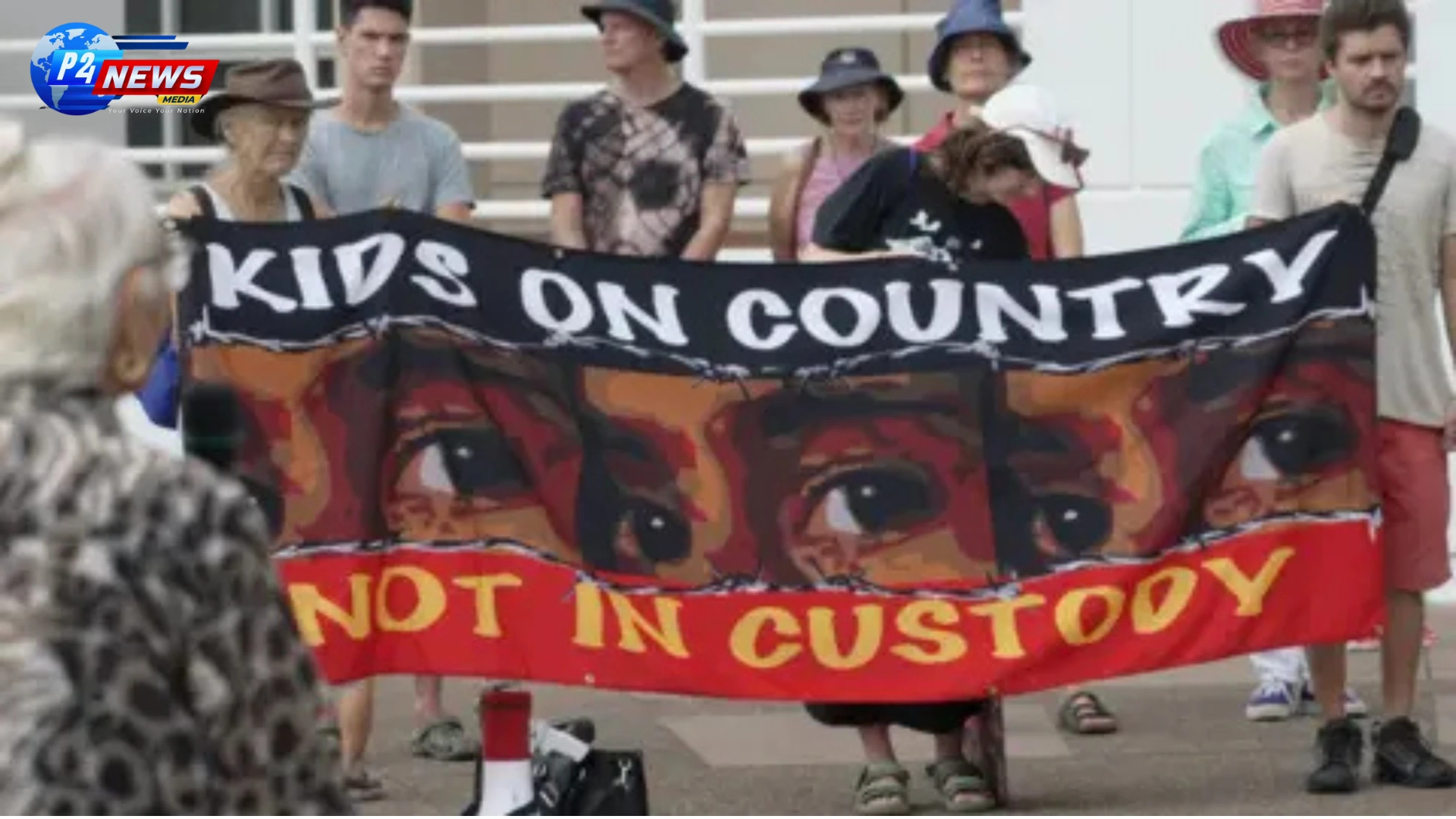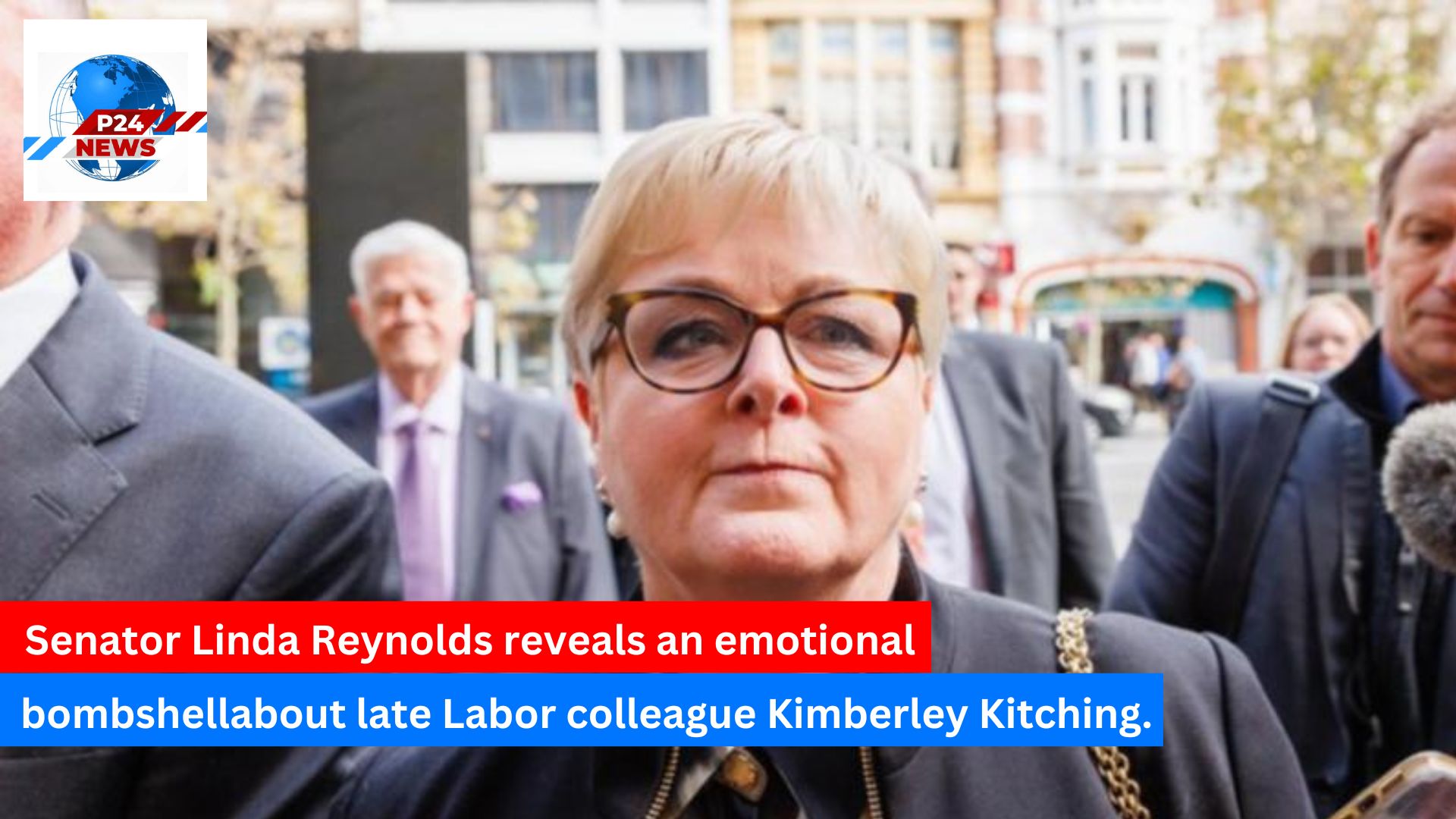With the Northern Territory government lowering the age of criminal responsibility to 10, the debate explodes over the future of juvenile offenders. Protesters argue this decision exacerbates inequalities, especially among Indigenous communities. Advocates call for education and rehabilitation over punishment.
Heightened Concerns as Northern Territory Reinstates Jailing for 10-Year-Olds in Australia
The Northern Territory government’s recent decision to lower the age of criminal responsibility to 10 years old has ignited significant controversy and debate. By ignoring a UN recommendation, this move is expected to lead to increased incarceration rates for young people, raising alarms about the systemic issues affecting the region’s Indigenous communities.
The Tragic Cycle of Youth Incarceration
The story of "Thomas," a 13-year-old who was imprisoned after the tragic death of his father, epitomizes the grim reality many face in the Northern Territory. Following that initial detention, he found himself back in custody for another crime within a month. Now, at 18, he reflects on how hard it is to break free from a cycle of criminal behavior that has dictated his life.
Thomas’ experiences shed light on a broader trend where young offenders find themselves in a revolving door of crime, arrest, and release, leaving them trapped in judicial systems rather than rehabilitated. In fact, the Northern Territory has one of the highest incarceration rates globally—over 1,100 individuals per 100,000, which starkly outpaces national and even American averages.
Societal Implications of Lowering Criminal Responsibility
The decision to lower the age of criminal responsibility from 12 to 10 is seen by many as a draconian step backward. Critics argue that such measures do not address the root causes of crime, particularly among Aboriginal youth. With Indigenous Australians making up a significant proportion of those imprisoned, the legislation could potentially deepen existing inequalities within these communities.
Community members like Sunil Kumar, a local business owner, express their frustration regarding youth crime in Darwin and advocate for harsher laws as a solution. However, many experts argue that focusing solely on punitive measures is ineffective, especially when a significant percentage of youth offenders struggle with familial, social, and economic obstacles.
The Politics of Crime in Australia
The Northern Territory's new government has received backlash for prioritizing tough-on-crime policies after campaigning on a platform centered around public safety. This political climate mirrors trends seen in other regions, such as Queensland, where similar slogans like “Adult crime, adult time” resonate with constituents. Often, these slogans are simplistically linked to the desire for safety while masking the complexities underlying juvenile delinquency.
A Call for Reform and Rehabilitation
Amidst rising youth crime rates—especially following the stresses of the COVID-19 pandemic—experts emphasize the need for comprehensive rehabilitation strategies rather than incarceration. Advocacy groups, including Brother 2 Another, work directly with at-risk youth, helping them find meaningful social connections and opportunities for personal growth.
As Darren Damaso from Brother 2 Another asserts, “Locking these kids up is just a reactive way to go about it.” His sentiment reflects the growing consensus among advocates that funding should prioritize education and community-based programs over the prison system.
The Importance of Listening and Understanding
For young individuals like Thomas, the experience of being incarcerated has often left them feeling unheard and unsupported. He emphasizes a critical gap in understanding the complex realities of many youths growing up in challenging environments. The scars he bears are not just physical but are reflective of a broader societal neglect.
The Way Forward
There is a rising tide of advocacy aimed at reforming Australia’s juvenile justice system. The focus is shifting toward educational support, early intervention, and community engagement—elements that are crucial in breaking the cycle of crime and incarceration. Making substantial changes requires commitment and effort from not just the government but also communities, educators, and the society at large to address the underlying issues effectively.
The debate over the treatment of young offenders will continue, underscoring the necessity for thoughtful and evidence-based approaches to juvenile justice that prioritize healing and rehabilitation over punishment.
















Comments 0